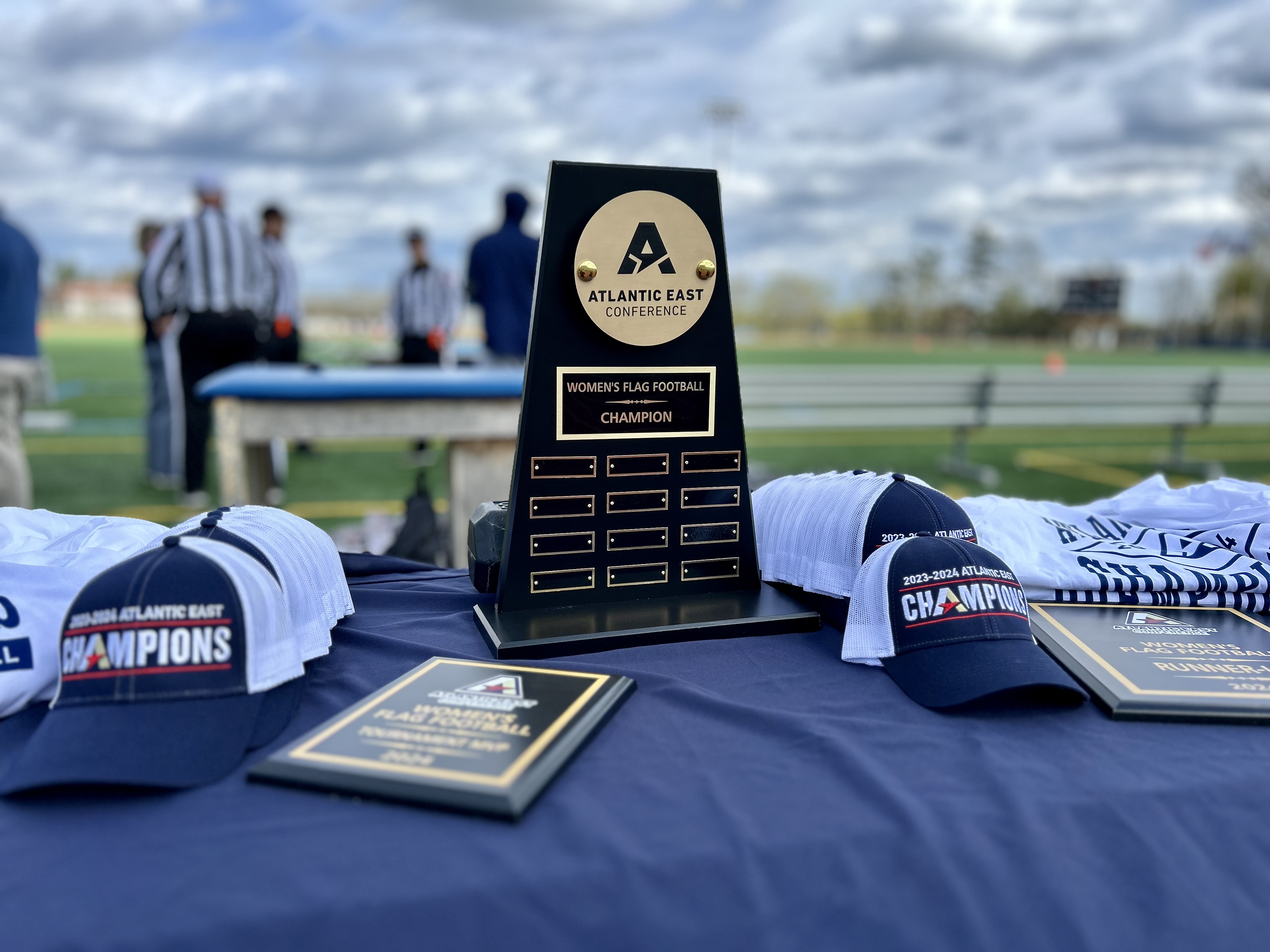Ed Schroth sloshed around in the shallow, swift water of Little Sewickley Creek, shuffling his feet to rouse bugs and other critters lurking under slippery rocks and sediment.
He's started hundreds — possibly even thousands — of mornings the same way over the years.
After four decades of research, the environmental scientist and Duquesne University adjunct professor laughs when asked how many hours he's spent in the creek and its watershed.
Schroth's work, and the work of hundreds of his students and others, could soon pay off as the Pennsylvania Department of Environmental Protection considers the creek for a redesignation as an "exceptional" waterway — a title reserved only for the very best streams in the state.
___
Water quality
Though many of Pennsylvania's waterways have been degraded over the years due to development, deforestation or acid mine drainage — a problem that the DEP estimates has wreaked havoc on more than 6,000 miles of state streams — some, such as Little Sewickley Creek, have remained unspoiled.
The most pristine streams are recognized and protected by the DEP, which designates them as exceptional value waters, or the next-best, high quality waters.
According to Pennsylvania Clean Water Campaign, a coalition that advocates for the protection and restoration of waterways, only 15 percent of streams in the state are high quality, and even fewer — less than 4 percent — are exceptional value.
Little Sewickley Creek, which snakes through a nine-mile area in Sewickley Heights and six surrounding communities, is the only high quality stream in Allegheny County and is often used as the model for water quality in the area when individuals or organizations research other streams, Schroth said.
Local
Breaking news and the stories that matter to your neighborhood.
"When they're studying other streams in Allegheny County, they're comparing it to Little Sewickley Creek, because that's what it should be; that's the A student," Schroth said.
But finding a reference stream to compare with Little Sewickley Creek in the redesignation petition proved to be a challenge for Schroth and his former student Nate Reinhart, who studied the creek and compiled much of the information in the nearly 150-page petition while earning his bachelor's and master's degrees at Duquesne.
The two closest exceptional value streams are located in Fayette and Lawrence counties, but Schroth said they don't come close to the quality of Little Sewickley Creek.
"They're nothing compared to Little Sewickley," he said.
Reinhart, who now works for the Fish and Boat Commission, submitted the petition to the state's Environmental Quality Board for evaluation on Oct. 1. Typically, the redesignation process takes between 1 1/2 and 5 years.
Schroth and current graduate student Shawyn Yeamans have continued to research and monitor the creek. But now, their most difficult task is waiting for an answer from the state.
___
Up the creek
Schroth, a Leetsdale resident, has been working in the Little Sewickley Creek since the 1970s when he was a teacher at Quaker Valley High School. The watershed served as a living biology lab for students involved in Schroth's biology club, called Up The Creek.
When Schroth began teaching at Duquesne in 1999, he incorporated the creek work into his college classes as well.
"(Little Sewickley Creek) is a great place to do studies because it has not faced urbanization," Schroth said. "We don't have to use computer simulations to do our calculations, we come up with real numbers."
Schroth and his students completed much of the research for the petition, but he is quick to give credit to other organizations and state agencies as well, including the Little Sewickley Watershed Association, Fish and Boat Commission, 3 Rivers 2nd Nature project, Allegheny Land Trust and DEP — all of which contributed documentation and support to the redesignation effort.
In May, Schroth received a 2013 Carnegie Science Award honorable mention for his contributions in science and technology as a university and post-secondary educator.
___
Sweet water
Little Sewickley Creek's water runs clean and cold.
Its bed is composed of limestone-influenced material — unusual for streams west of Harrisburg — that acts as a filter, neutralizing pollutants and maintaining the pH of the water, Schroth explained.
The watershed is a "biological hotspot," according to the petition, and is home to 30 families of invertebrates and 26 species of fish, including naturally-reproducing brown trout.
Two weeks ago, Schroth and his team of students also introduced about 1,500 brook trout fingerlings into the creek through a partnership with University School, near Cleveland, which maintains a trout hatchery on its campus.
The brook trout — the official state fish of Pennsylvania — is the only trout native to Pennsylvania waters. The colorful fish are found in cool, clean streams in the mountains and forested areas, but populations have declined over the years, according to Rick Lorson, area fisheries manager of the state Fish and Boat Commission.
Brook trout most likely were native to the creek more than 100 years ago, Lorson said, and Schroth said his research indicates that Little Sewickley Creek could serve as a brook trout habitat once again.
The land around the Little Sewickley Creek also serves as a habitat for many native plant and animal species, and is considered a biological diversity area — another special state designation.
The conditions of the creek and the surrounding land are no coincidence, said Roy Kraynyk, land protection director for the Allegheny Land Trust, which owns and protects about 54 acres of the watershed.
"It's often a symbiotic relationship," Kraynyk said. "Good land use translates to good water quality, and good water quality translates to good biodiversity and quality of life."
___
Protect and preserve
Like many residents of the watershed communities, Schroth is extremely passionate about protecting Little Sewickley Creek.
"None of us that live here in Sewickley is responsible for this beautiful setting. . There is a whole litany of people that have worked very, very hard to get that stream where it is today. We have just been lucky to inherit it," he said.
Schroth argues that the current generation must work just as hard.
"It is our responsibility to protect it for our children and grandchildren," Schroth said. "We don't have the right to destroy it."
Along with an exceptional value designation comes special protections, such as more thorough permitting processes for development projects, that would prevent the stream from being degraded for the next generation. The designation protects against future pollution, but in most cases does not impact businesses or activities that already occur around waterways, according to the PCWC.
Communities in the watershed — which include Sewickley Heights, Bell Acres, Sewickley Hills, Leet Township, Edgeworth, Franklin Park and Leetsdale — as well as nonprofits in the area, would be eligible for grants and projects related to the protection of the creek if it is redesignated.
The recreational amenities that the creek offers residents also would be protected.
Trails and parks around Little Sewickley Creek are popular for walking, horseback riding, hunting and fishing and are extremely valuable to communities, including Sewickley Heights, which has zoned more than 1,000 acres around the stream as protected borough park land.
Borough Mayor John Oliver III said an exceptional quality redesignation would only strengthen his community's commitment to watching out for the stream.
"Pure and simple, it's probably the most significant natural resource in Sewickley Heights Borough," Oliver said. "We're very proud of the fact that it's been protected as much as possible over the years."
Original story here: http://bit.ly/13txBlT



